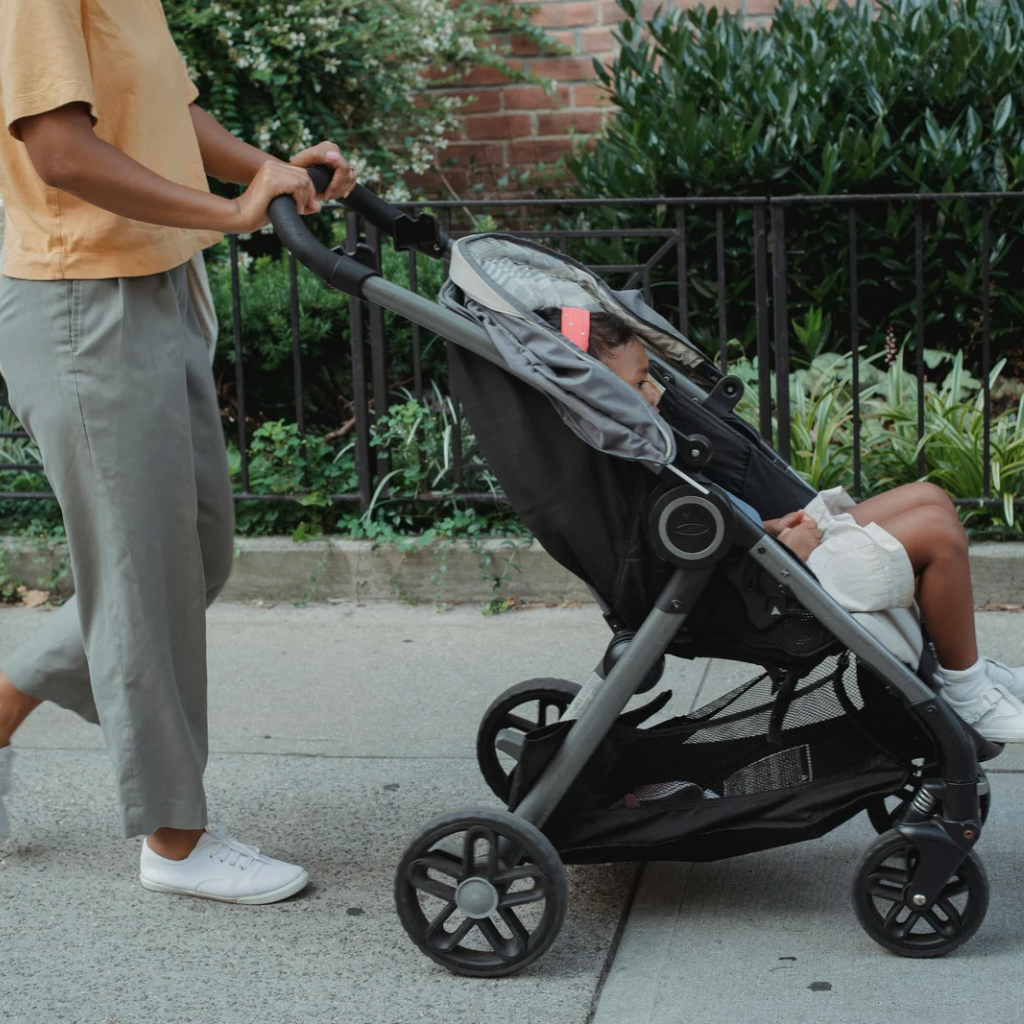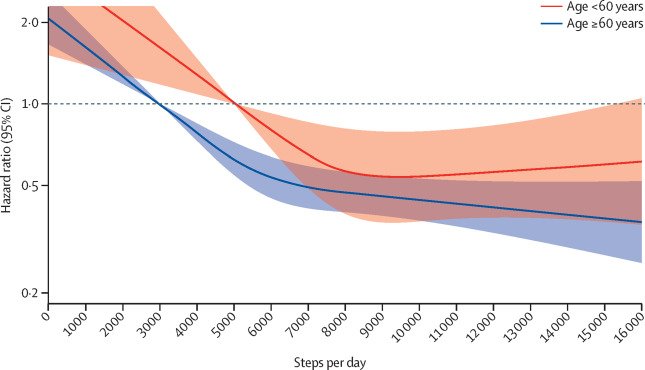I failed a 10,000 steps challenge and discovered something liberating

Two weeks ago, I joined a 10,000-step challenge without thinking twice about it. I’ve struggled with maintaining a consistent workout schedule since giving birth, and 2025 was supposed to be the year I finally get my shit together.
Maybe you can relate—that cycle of ambitious goal setting followed by the inevitable crash when life starts lifing.
Since 2025, I’ve fluctuated between showing up hard for a couple weeks, then ghosting my workout program for several more. This step challenge felt like my chance to finally try something I’d always been curious about.
It was only 10,000 steps, right? How hard could it be?
Armed with my new step tracker, I started stepping. Turns out, it’s actually harder than I thought.

The Reality Check
Here’s the thing most people don’t talk about: if you work in an office for a minimum of seven hours a day, then come home to your “second shift”—caregiving and housework—finding time for 10,000 steps becomes a whole production.
The week I started, I went on 20-30 minute jogs three to four times, which got me 40-50% of the way to my goal before I even reached the office. But between lazy mornings with YouTube workout videos and weekends juggling my house, my kid, and my business, hitting 10,000 daily steps was much harder than expected.
I had to get creative. Mindful walks around the office building. Taking my laptop on backyard walks when working remotely. Afternoon stroller walks where I’d keep moving around the playground instead of sitting down. My husband would find me pacing between the kitchen and dining room at night, making final desperate attempts to reach my goal. It was hilarious, honestly.

The Plot Twist
While women around the world were sharing their wins, I felt like I was failing by week two. Some days I’d get close; other days I’d fall behind.
Just when I was feeling defeated, the universe threw me a lifeline: I discovered a recently published meta-analysis examining the association between daily steps and mortality.
The findings blew my mind…
Compared to those taking the fewest steps (around 3,553 daily), people taking just 5,801 steps per day—roughly half the popularized 10,000-step goal—experienced a 40% reduction in all-cause mortality risk. The protective effect continued increasing, reaching 53% mortality reduction for those averaging 10,901 steps daily.
Even more revealing: mortality benefits plateau at 6,000-8,000 steps for adults over 60 and 8,000-10,000 steps for younger adults, meaning significant health gains are achievable well below a widely promoted 10,000-step threshold.
The Permission Slip I Didn’t Know I Needed
Reading the analysis changed something in me. Instead of beating myself up for not reaching 10,000 steps, I started celebrating my body. I celebrated the wins, even if they were 5,000 or 9,283 steps.
The fact that I was committed to intentionally moving my body more? That was the real gift. Turns out, falling short of 10,000 steps taught me how to walk my own path—and redefine what “putting my steps in” really means.
If your lifestyle is more sedentary, and all you can manage is 4,000-5,000 steps daily, know that’s enough to make a difference in your health. Because if the science shows we can get most of the health benefits with 70% of the effort, why are we making this harder than it needs to be?
